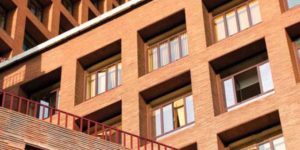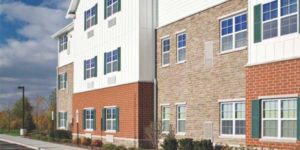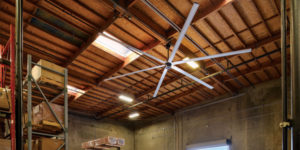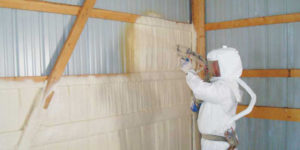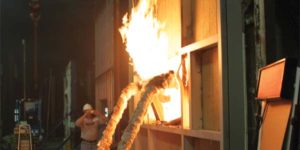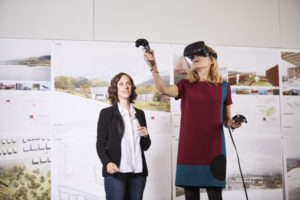Shotcrete application is typically faster than cast-in-place concrete application. However, it does come with its own set of risks.
+ Read More
|
You can call it quality assurance (QA), quality control (QC), or quality management—in my view, the process is the same, requiring planning, monitoring, and management.
+ Read More
|
Loadbearing walls with brick veneer and concrete masonry units (CMUs) were built as solid walls in the first half of the 20th century. Brick veneer and the CMU backup wall were bonded to a solid wall to carry the dead and live loads.
+ Read More
|
For construction projects ranging from residential homes to light-commercial projects such as healthcare centers, retail buildings, and senior living facilities, manufactured stone veneers offer cost savings, quick installation, and opportunities for eye-grabbing aesthetics.
+ Read More
|
In 1998, dairy farmers were looking for a way to cool their cows and reduce heat stress. Air-conditioning was too expensive and it was impossible to run the ductwork in the barns.
+ Read More
|
A high-performance building envelope material, sprayed polyurethane foam (SPF) is increasingly used in commercial structures as an insulation and air barrier.
+ Read More
|
As K−12 school budgets dwindle and energy costs rise, fewer resources are dedicated to school operations and maintenance. As a result, the health and performance of these buildings (and the students and staff inside) suffer.
+ Read More
|
Fabric HVAC ductwork, also known as fabric air dispersion, has always offered specifiers choices when it comes to mechanical system efficiency and efficacy, but various new product innovations over the last eight years have resulted in superior alternatives to traditional metal ducts.
+ Read More
|
Building owners and occupants often take fire safety for granted. They assume that buildings are constructed with fire safety in mind and significant attention has been paid to building codes.
+ Read More
|
VR allows architects to quickly and easily understand how a building will look and feel so they can evaluate design options and create better spaces. This also allows architects to better communicate with their clients.
+ Read More
|
|
|





